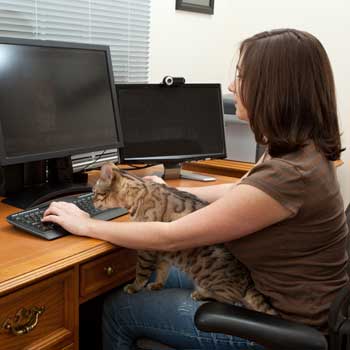
 If you run your business from your home or perform certain functions at home that are related to your business, you might be able to claim a home office deduction against your business income on your 2018 income tax return. Now there are two methods for claiming this deduction: the actual expenses method and the simplified method.
If you run your business from your home or perform certain functions at home that are related to your business, you might be able to claim a home office deduction against your business income on your 2018 income tax return. Now there are two methods for claiming this deduction: the actual expenses method and the simplified method.
Basics of the deduction
Generally, you can qualify for a home office deduction if part of your home is used “regularly and exclusively” as your principal place of business.
If your home isn’t your principal place of business, you may still be able to deduct home office expenses if:
1) you physically meet with patients, clients or customers on your premises, or
2) you use a storage area in your home (or a separate free-standing structure, such as a garage) exclusively and regularly for your business.
Actual expenses
Traditionally, taxpayers have deducted actual expenses when they claim a home office deduction. Deductible home office expenses may include:
But keeping track of actual expenses can be time consuming.
The simplified method
As an alternative to tracking actual expenses, there’s a simplified method that’s been available since 2013: You can deduct $5 for each square foot of home office space, up to a maximum total of $1,500.
For example, if you’ve converted a 300-square-foot bedroom to an office you use exclusively and regularly for business, you can write off $1,500 under the simplified method (300 square feet x $5). However, even if your business is located in a 600-square-foot finished basement, the deduction will still be only $1,500 because of the cap on the deduction under this method.
If you have a larger home office, the cap can make the simplified method less beneficial. But even for spaces of 300 square feet or less, taxpayers may qualify for a bigger deduction using the actual expense method. So, tracking your actual expenses can be worth the extra hassle.
Flexibility in filing
Fortunately, when claiming the home office deduction, you’re not locked into a particular method. For instance, you might choose the actual expense method on your 2018 return, use the simplified method when you file your 2019 return next year and then switch back to the actual expense method thereafter. The choice is yours.
Unsure whether you qualify for the home office deduction? Or wondering whether you should deduct actual expenses or use the simplified method? Contact us. We can help you determine what’s right for your specific situation.
© 2019
This business is growing with Markology.io